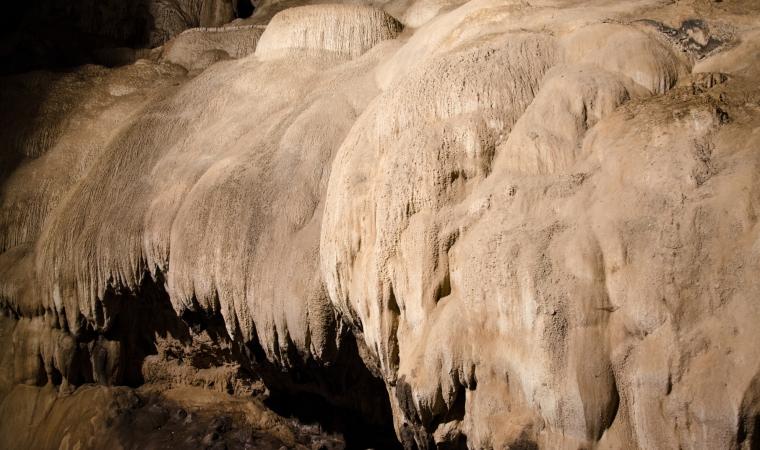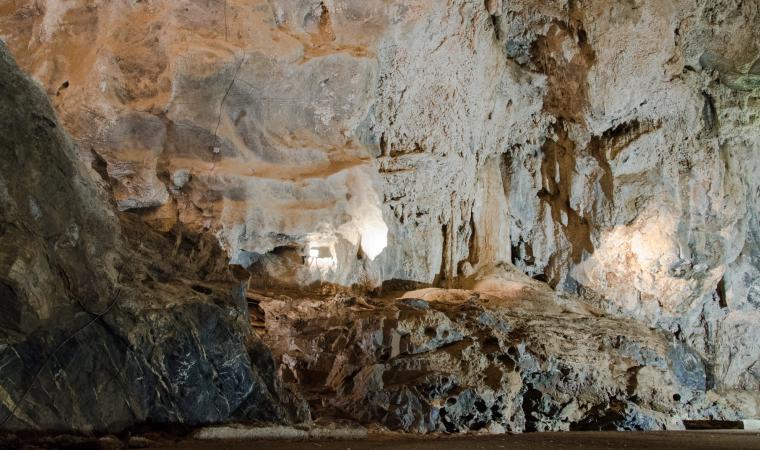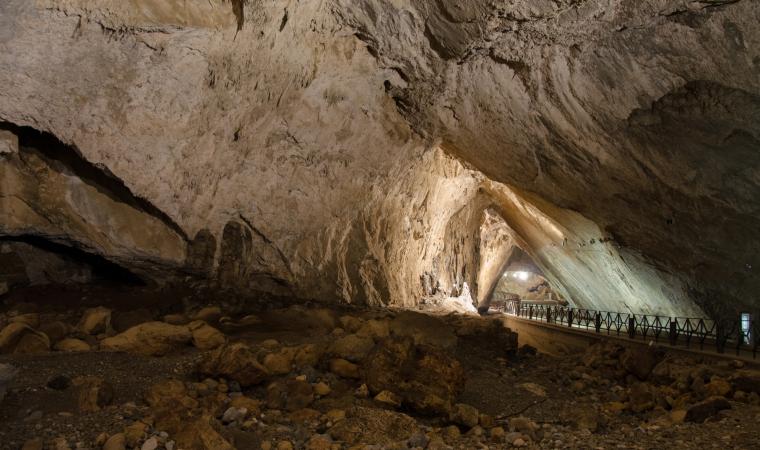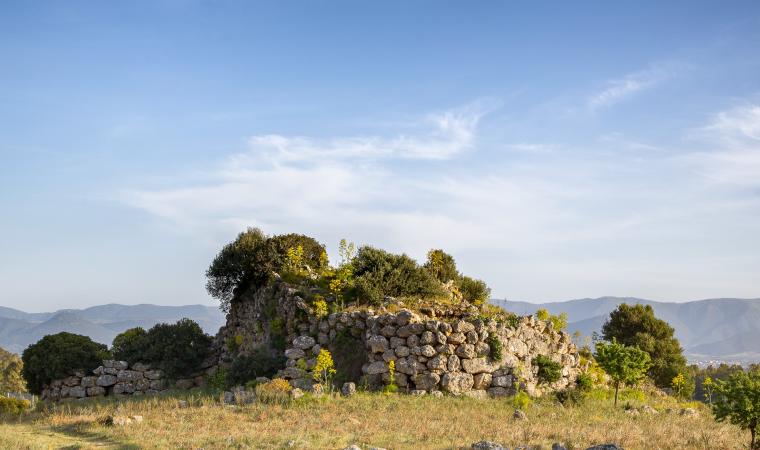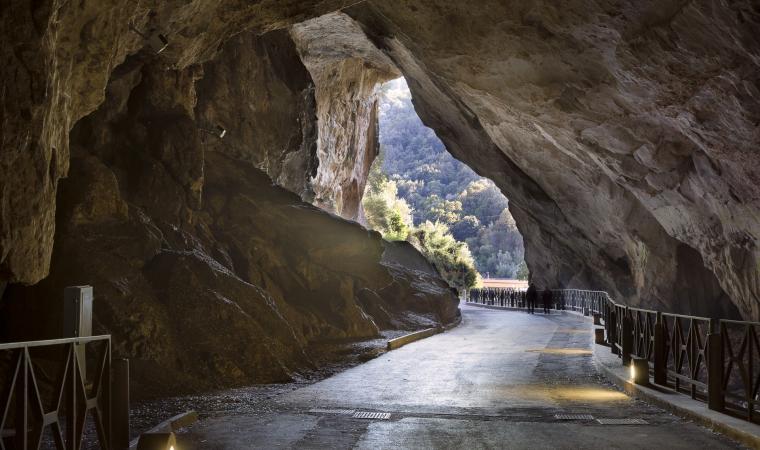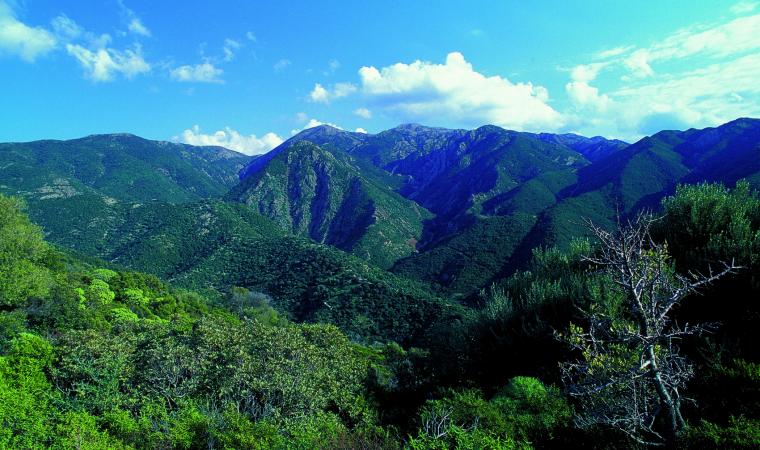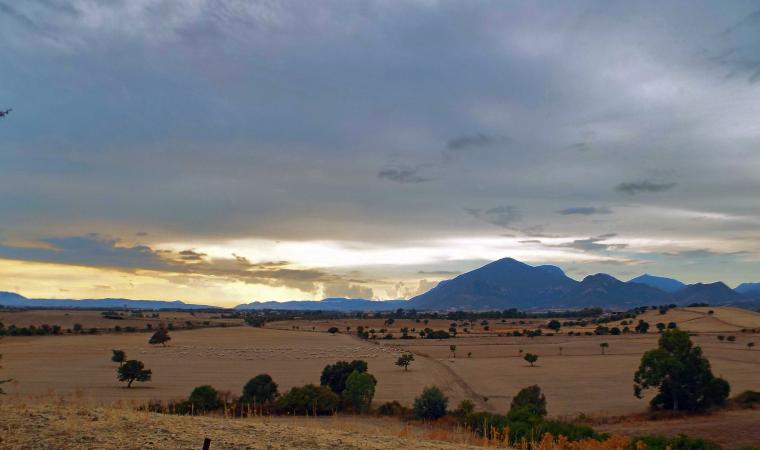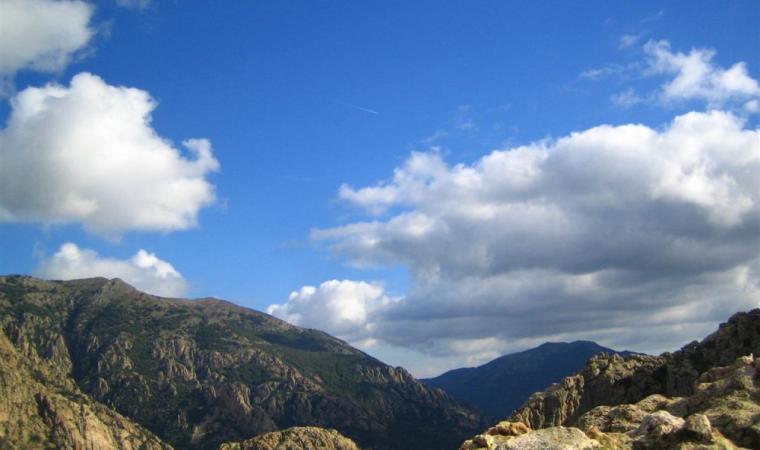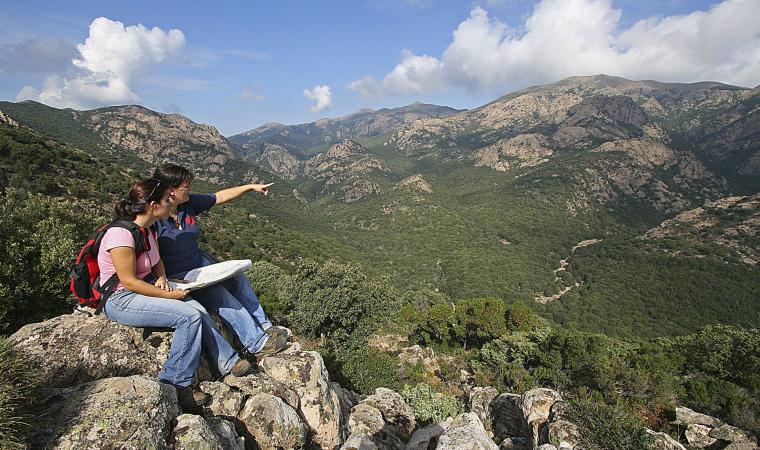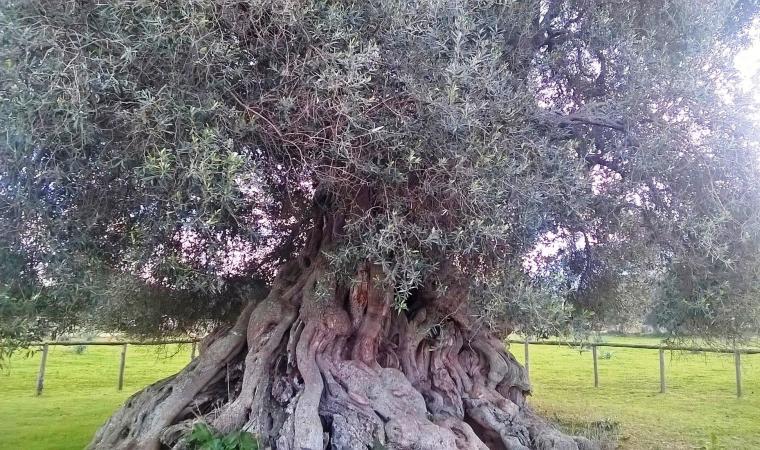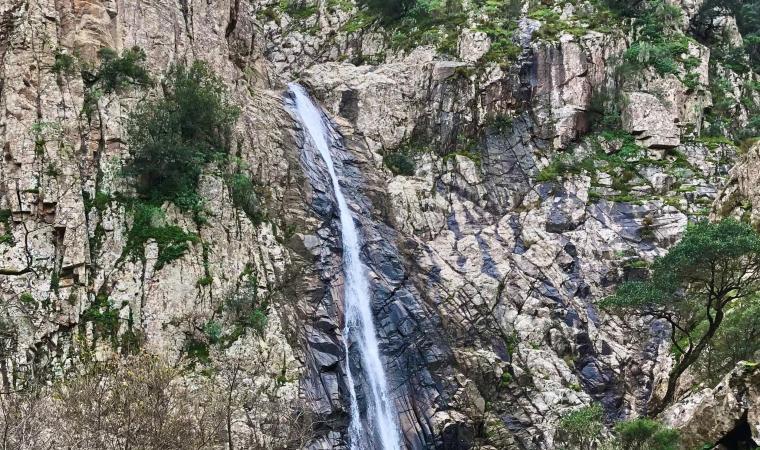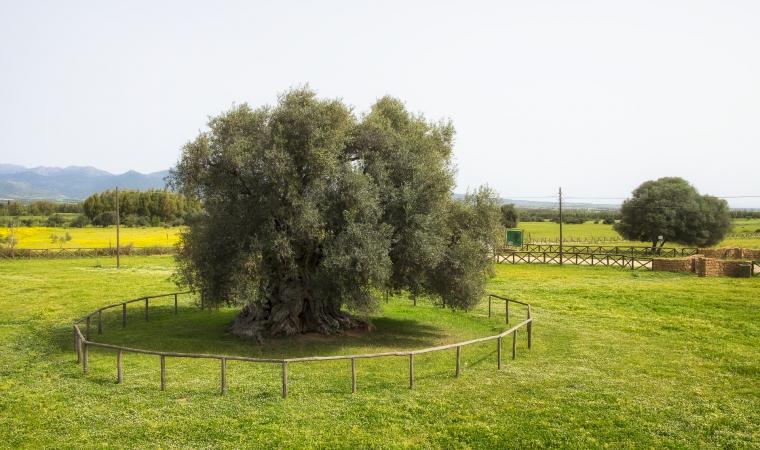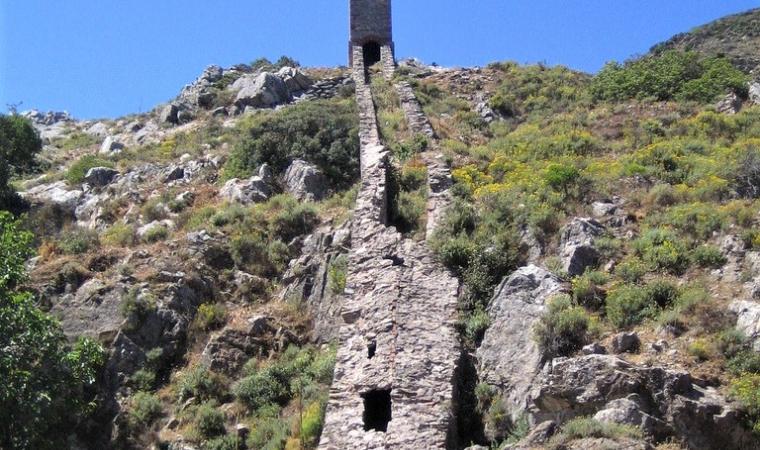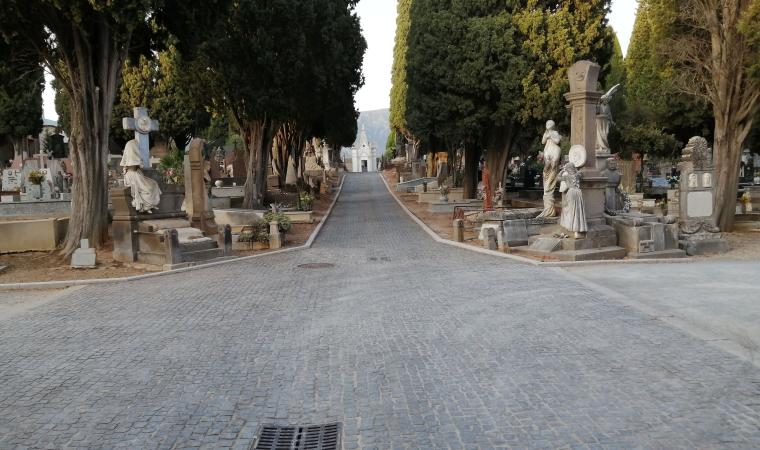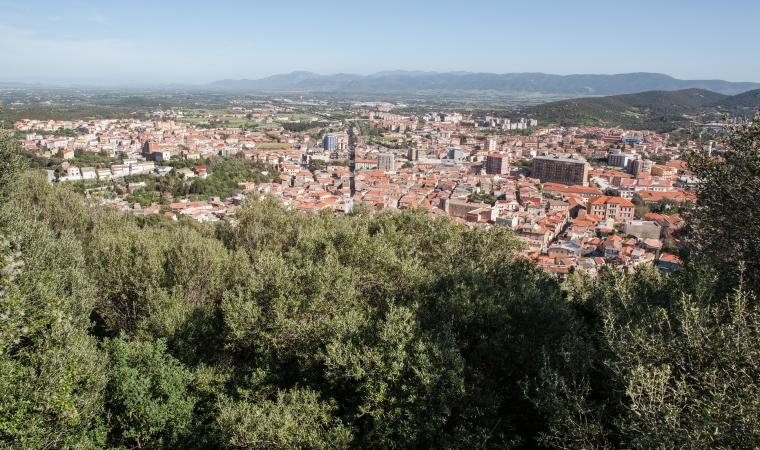Its uniqueness is an inner road, entirely lit up, that runs along its sinuous length, making it a unique case in Italy and a rarity in the world. The San Giovanni grotto, commanded by Mount Acqua (540 m) on the east and by Punta San Michele (900 m) on the west, is located in the territory of Domusnovas, in the Iglesiente, three kilometres from the town. It opens at the end of a road that leads to the feet of the mountain. It is named after a chapel dedicated to the saint, which used to be protected by the grotto up to the 1800’s. It was later destroyed to make room for the road, used to transport material from the sa Duchessa mine.
Formed after the caving in of a huge calcareous mass, the grotto is divided in two levels. The fossil branch, called Bobore, is 850 metres long and is crossed by the San Giovanni river during the rainy seasons. It extends all the way to the Oridda Valley, and is characterised by wide halls peppered with stalactites, stalagmites and calcareous tubs, the greatest of which is located near the northern exit. The other branch, su Stampu de Pireddu, still active and the subject of many studies, is characterised by an itinerary 2 km long that runs among tunnels big and small, accessible only to experienced explorers.
The grotto has been used as shelter since pre-history, and has blessed scientists with many an archaeological finding, mostly bowls and containers. In its northern and southern parts, dominated by the Perd’e Cerbu range, there is a wide wall, the remains of cyclopean masonry that was still standing up until the 19th century, evidence of an ancient fortress. The rocky walls of both the northern and southern entrances, together with several crags of the Oridda Valley, lush with holm oaks and oaks, are the destination of climbers who come from all over Europe, all year round.
Along the road from the town to the southern entrance, after the former paper mill, you will see an old restored mill. After visiting the grotto, you can get to the little church of San Giovanni, rebuilt after the demolition of the chapel inside the grotto. It is located in a valley covered with centuries-old olive trees.
Proceeding southwards, you will find the sa Dom’e s’Orcu Nuraghe. Along another road that leads to the grotto, you will find numerous mining complexes: Barraxiutta, sa Duchessa, Tiny and Arenas, immersed in very dense forest.


